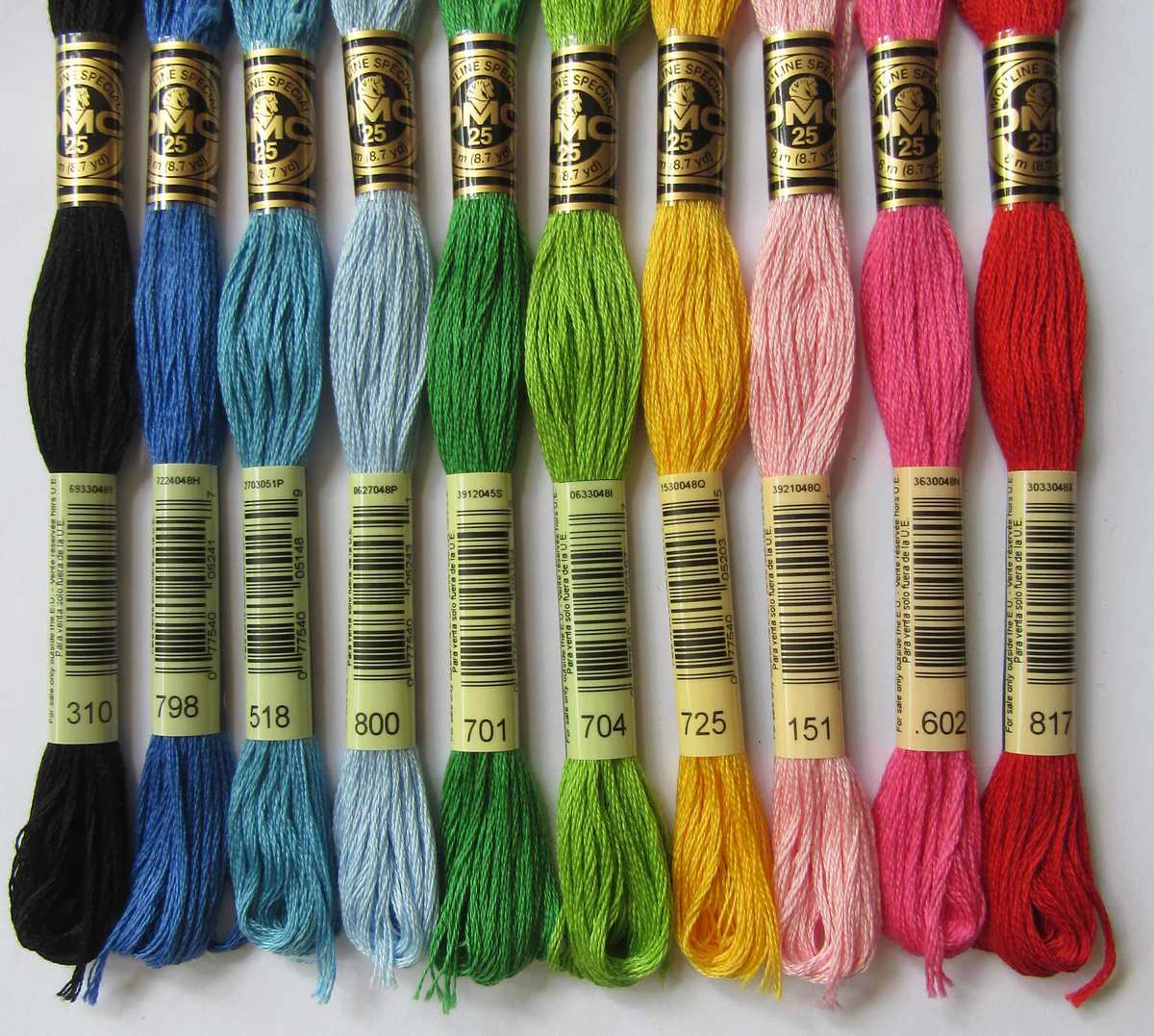Tantrums are a common behavior among young children, especially toddlers. The screaming, yelling, and flopping to the floor often occur when a child is told “No” or asked to do something nonpreferred. Sound familiar? Many children go through a phase of rigidity, attempting to control their environment. As they grow, their behavior is shaped by social norms, and they learn that tantrums are not acceptable. However, for children with autism, this phase may last longer due to challenges in communication, social skills, and compliance. When routines are disrupted or preferences are not met, children may engage in disruptive behaviors such as tantrums, screaming, crying, throwing toys, or even aggression. Some children require systematic teaching to help them gradually accept directions, adjust to changes, and engage in situations where they are not in control.
The following steps provide a structured approach to increasing your child’s flexibility while minimizing tantrums and other problem behaviors. Although the example below focuses on clothing choices, these techniques can be applied to many different situations.
Step-by-Step Guide to Increasing Flexibility
1. Offer Choices
Give your child options between 2-3 items they are showing rigidity with. Providing limited choices helps them feel a sense of control while still introducing flexibility.
- Include a highly preferred item among the choices at first.
- Repeat this process 2-3 times consecutively to help them understand that they must select from the given options.
- Gradually shift the choices away from their preferred item over time.
Example: If your child insists on wearing only tank tops:
- Offer a choice between a tank top and a short-sleeve shirt for three days.
- Then, offer a choice between two short-sleeve shirts for three days.
- Next, provide a choice between a short-sleeve shirt and a long-sleeve shirt.
If the child resists, extend the step until they can make a choice without disruptive behavior.
2. Adjust Based on Behavior
If your child shows noncompliance (e.g., saying “No,” crying, attempting to retrieve their preferred item), extend the trials until they successfully choose without disruptive behavior for at least two consecutive opportunities.
3. Introduce Random “Surprise” Choices
Occasionally, allow your child to choose their preferred item or let them pick freely from their clean clothes. This reinforces flexibility and rewards progress.
4. Prepare for Times Without a Choice
Once your child successfully selects between two nonpreferred options for at least three opportunities in a row, introduce situations where they do not get a choice. This step further develops flexibility and acceptance of change.
5. Consistency is Key
Follow through every time you implement these strategies. If you are unable to commit on a particular day due to time constraints, allow your child to pick freely instead. Consistency is essential for long-term success.
6. Use Positive Reinforcement
Identify a reward system for when your child cooperates with making a choice or accepts a situation without a choice. This could be verbal praise, a small treat, or a preferred activity.
Final Thoughts
Teaching flexibility and reducing tantrums requires patience, consistency, and structured practice. By gradually shaping your child’s behavior and reinforcing positive interactions, you can help them adapt to changes, follow directions, and engage more successfully in daily routines. Over time, these skills will contribute to their overall emotional regulation and social development.
If you are already receiving ABA services then please consult with your BCBA for a specific plan for your child. If you are not receiving ABA services and would like assistance with your child’s behavior click here or check out our Purposeful Parenting Workshop.
Want more ideas on how to deal with problem behavior? Check out my other blogs:
Teaching Your Child with Autism to Learn What Things Are
Also, check out “No More Meltowns” by Jed Baker.












